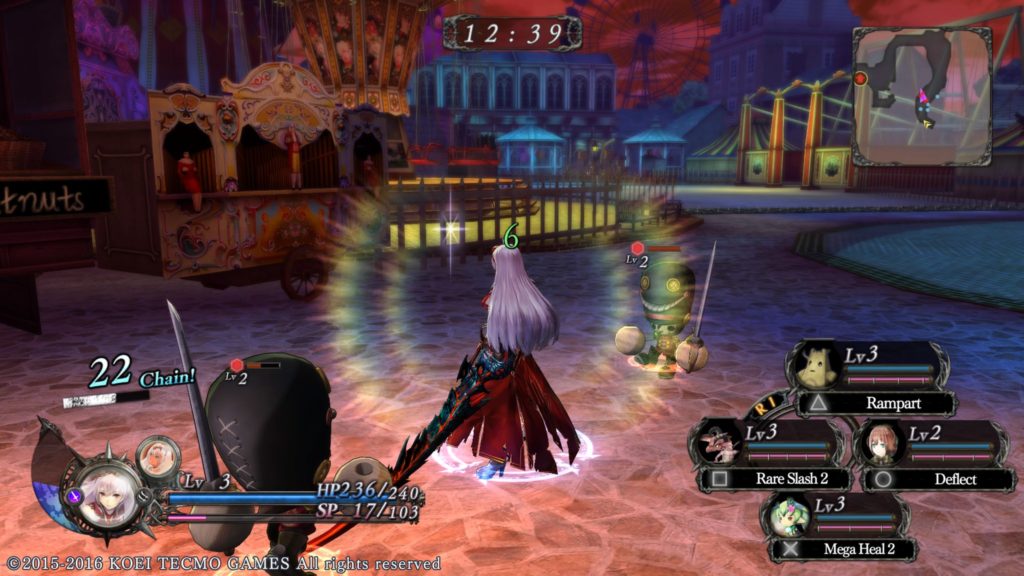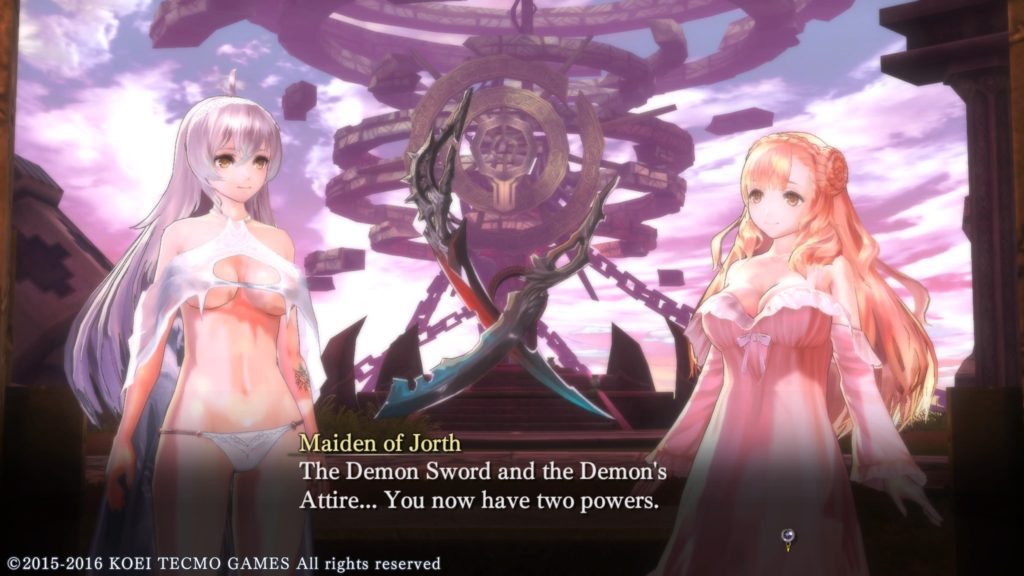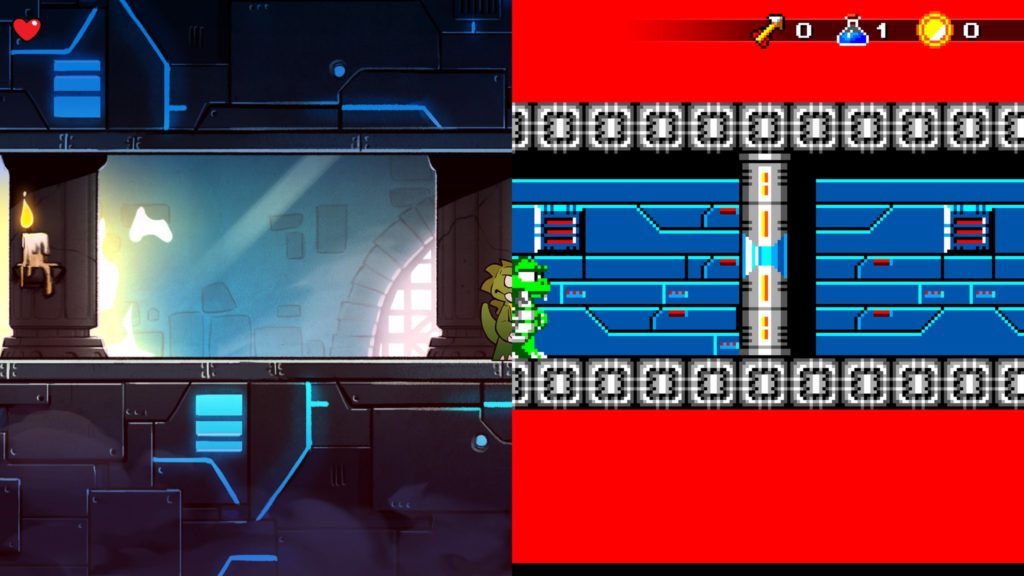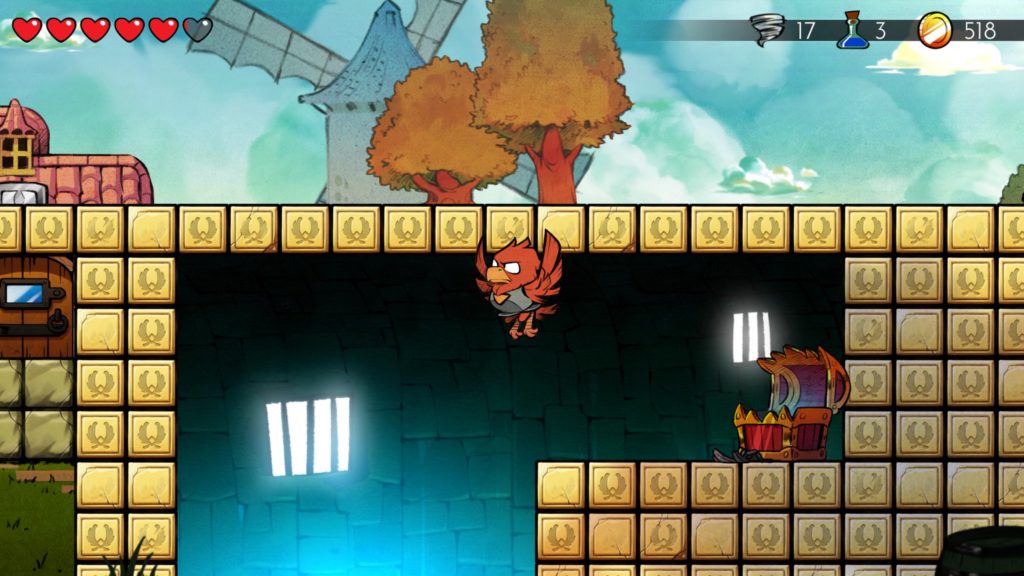- Genre: Action/Adventure
- Platform: PS4
TL;DR
- Same ol Uncharted gameplay, over the top action sequences, and beautiful visuals
- Short length meant the story didn’t drag out, which felt like a plus
- First half showed some growth in their design w/ an almost Tomb Raider semi open world.
I’m not going to sit here and say that this is a hugely original title for the series. I’m also going to be straight here and say that the changes in The Lost Legacy feel a lot like copping some features from Tomb Raider. However, this very well might be the best Uncharted title I’ve yet played. It being a condensed experience certainly helped (about 6-8 hours I’d assume will be typical first play through), but a nice use of a large non-linear area to start the game went a long way to providing a fresh look at the series, and may just prove there’s life to be had in this universe.
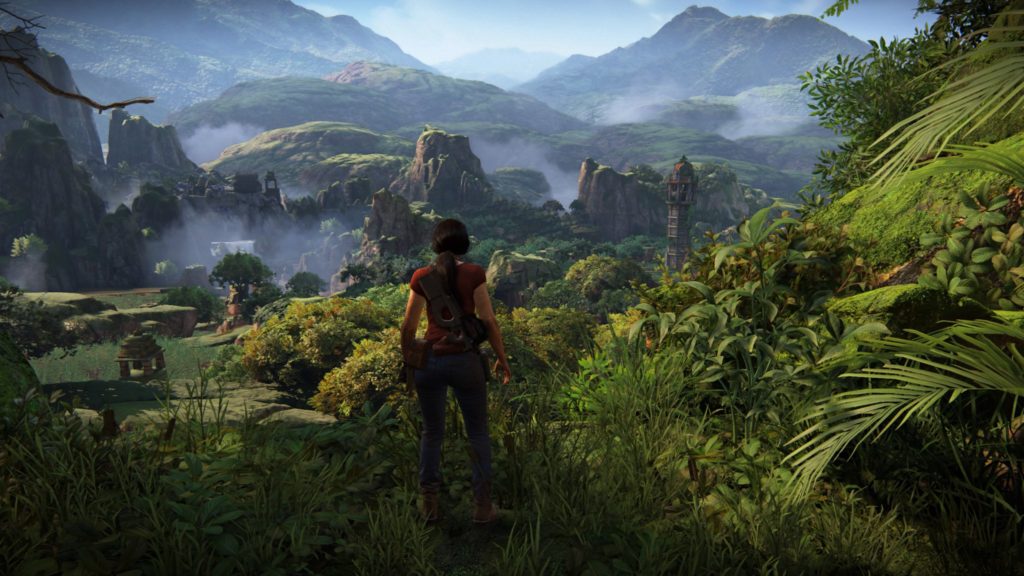
There’s a lot to be familiar with here. The gunplay is still good, but nothing mind blowing, going for solid feel without too much difference between core weapon types. Combat sequences in the more linear segments are still at obvious points when you turn a corner and have a ton of crates around. Enemies are still decent but basic in their approach to flanking behaviors. The game’s finale (and a couple points in between) is still a wildly bombastic experience that would feel at home in any big budget Hollywood film. End of the day, this is still Uncharted at its core, but with a big difference in the first half that showed some progress.
Roughly the first half of the game takes place in a large open area, with a set of non-linear objectives to drive to, and a bunch of hidden collectibles to find in the area. This alone felt like a fantastic change to the series, even if it felt right out of the recent Tomb Raider games. Because of the layout of this opening area, combat also felt much improved relative to the standard single direction combat of the linear exploration areas typical of the series. Combat segments felt very free form, since you could approach from basically any direction, and enemies could do the same. In a lot of these areas, I’d be stealthing around to find a good entry point, then doing what I could to pick off enemies one by one without revealing my location. If things started to go awry, many of the areas also had a lot of swing points, so I could easily move around to find new hiding spots if enemies started to get a drop on me. In general, this was the best I’ve ever seen combat in the series, although it unfortunately went away once the more linear segments of the game started.
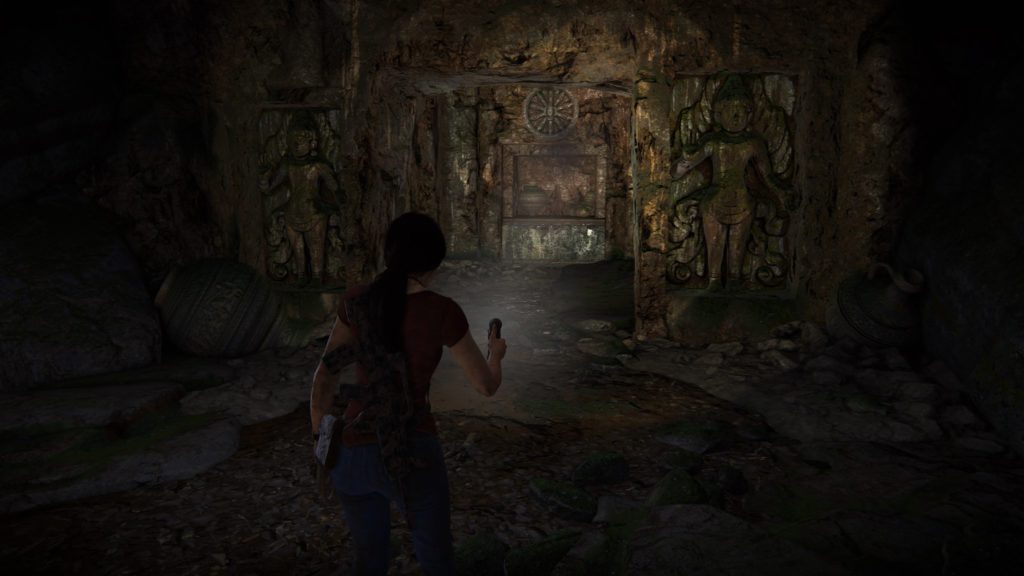
The unfortunate thing though is that the opening area gave way to more traditional Uncharted linear mechanics. While this works fine in the general sense, it feels like they missed an opportunity to really make a special full entry in the series based around the gameplay changes of the first half. The puzzle areas of the linear temple portions worked great, but it was back to the more boring combat style and tiresome climbing areas. Realistically I can only do the same pattern of climb, jump to crumbling wall hold, fall down to conveniently placed grab spot, then finish climbing up so many times. On the other hand, the fact that this is a much shorter expansion-style game meant that the experience was fantastically condensed before I really wanted to just get through.
End of the day you kind of know what you’re getting into here when buying an Uncharted game, and this one doesn’t differ much. It shows some promising changes in the first half should Naughty Dog decide to continue with the series, but never really expands on the changes for the full length of this game, let alone makes a full game out of it. However, treated as an end of summer blockbuster experience, this is still just as worth playing as the previous entries and definitely left me entertained, and that’s about all I can ask for.


